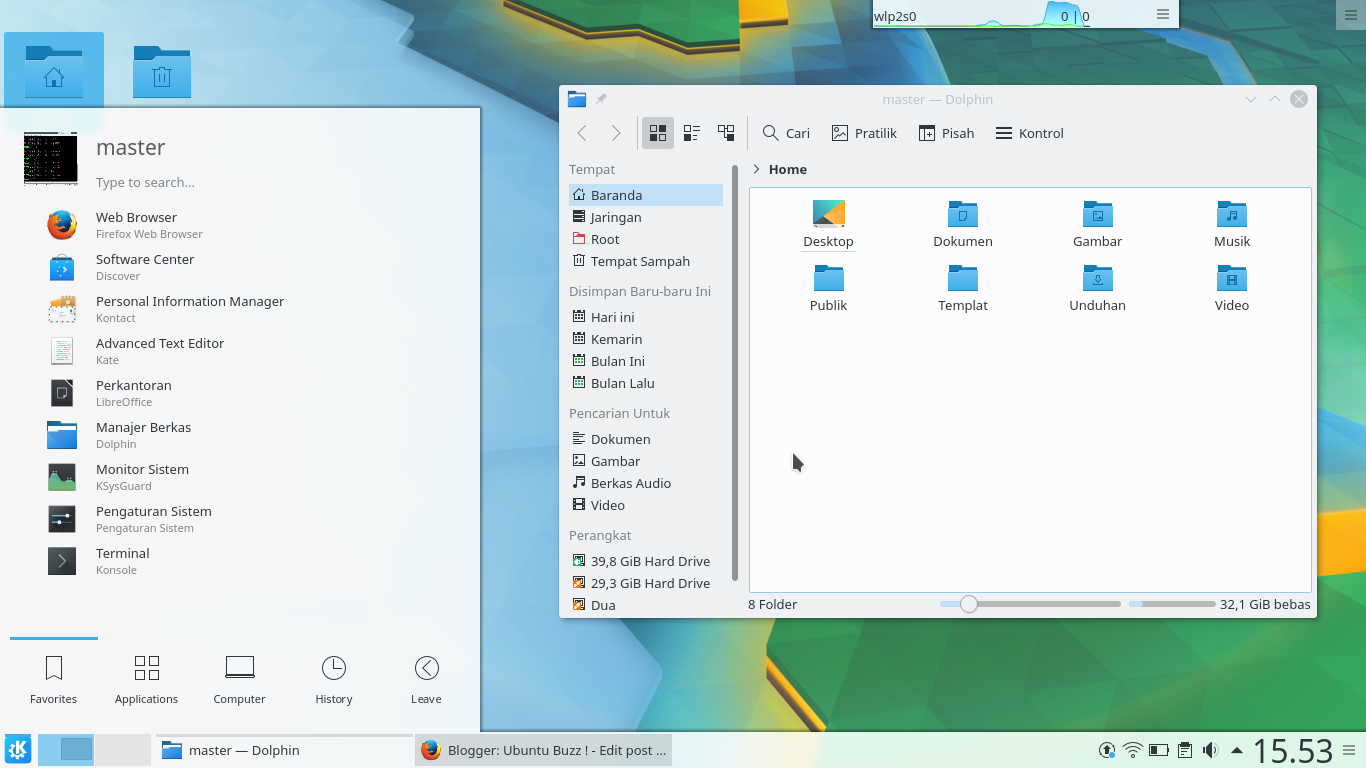
#Digikam usb drive install#
Them, they can resize the Windows installation so that it's not taking up as much space, and create partitions used by Linux and install it. Modern distros will then see that you have Windows installed and give you the option to install Linux "side by side" with Windows, allowing you to allocate how much space you want to give each operating system.
#Digikam usb drive iso#
iso file to either USB Flash Drive or DVD, boot into Linux and click on an install icon if you like the distro and it works OK on your specific hardware. IOW, you can run more than one operating system at the same time that way, setting up shared folders that both the OS in a Virtual Machine (Kubuntu, etc.) and the Host Operating System (for example Win 7, etc.) both have access to.īut, a dual boot config is a bit faster (although if your CPU model supports what is known as VT-x, you have near native speed in a virtual machine) and that's pretty easy to setup with the installers built into most Linux distros anymore, where you just burn the. You could also just install something like Kubuntu or the KDE version of Linux Mint in a virtual machine and use it that way from within Windows.

Newer versions (the current Kubuntu release is 14.04) are going to have the same type of menu systems available, etc.īTW, VirtualBox is a good way to "test drive" linux distros (just installing and running one in a virtual machine) to see if you like it or now before spending any time burning it to a USB Flash Drive or DVD drive to see how it works. Here's an old post I made with some screen captures showing some of the screens in Kubuntu 12.04 under VirtualBox.

Personally, I use the OpenSUSE 13.1 right this minute with the KDE Desktop (other desktops like Gnome, LXDE and more are available, each with their own look and feel but digiKam is designed for the KDE desktop and it's probably a good idea to stick with the KDE desktop so that you don't have libraries for both KDE and another type of Linux desktop needed).īut, for someone new to Linux, something like the KDE version of Linux Mint, or Kubuntu would probably be a better choice to start with. For example, something like the KDE version of Linux Mint would make a good choice or use something like Kubuntu instead. Most linux distributions that use the KDE desktop environment come with digiKam already installed. The free Oracle VirtualBox is fine for that kind of thing as is the free VMware Player. Or, just run one of the KDE based distros in a Virtual Machine under Windows (basically, you just allocate how much memory you want the virtual machine to use, how much disk space it can use, etc.), and you can run another Operating System in a Window, resizing that Window as desired.
#Digikam usb drive software#
You'd have to try it to find out.īut, have you just considered installing Linux in a dual boot configuration with Windows instead (so you just pick the Operating System you want to use each time you reboot your PC)? Or, just use Linux as your primary Operating System, only booting into Windows if you have software that is "must have" that won't run in Linux?

Perhaps that's gotten a lot better by now. I use Linux most of the time, and tried running digiKam a while back in Windows (probably a couple of years back), and the installation was on the buggy side due to all of the KDE libraries required to make it work and it seemed a bit sluggish compared to how it works in Linux.


 0 kommentar(er)
0 kommentar(er)
